Calibration sources include dark, flat, ThAr arc, and etalon comb frames. All sources are part of the instrument calibration system and GCAL sources are not available.
Baseline calibrations: include darks with etalon lines in the simultaneous calibration fiber, flats, ThAr arc, and etalon comb frames. A series of flats are taken at the beginning of each run. Other baseline calibrations are taken every night MAROON-X is scheduled for observations, with darks taken during daytime. Those baseline calibrations are shared by all programs. Applicants should not include time for baseline calibrations in their Phase I proposals. If additional calibrations are deemed necessary by applicants, then these must be included explicitly as part of the Phase I proposal and Phase II science program. No spectrophotometric, telluric, or specific RV standards are observed as part of the baseline calibration. Any time required for additional calibrations between the hours of nautical sunset and sunrise to obtain calibrations will be charged to that particular program.
| Measurement Type | Notes |
| Dark | A series of darks with fiber shutter closed but detector shutter open and etalon light in the simultaneous calibration fiber are obtained for each exposure time used for science frames for the night. |
| Flat field | Flat field calibration frames are obtained as part of daytime baseline calibration using light from a Tungsten-Halogen lamp sent through fibers from the calibration unit either to the frontend (for object and sky fiber calibration) or directly to the spectrograph (for the simultaneous calibration fiber). Typical exposure times are 5s on the blue and 2s on the red detector. |
| Wavelength calibration |
The main wavelength calibrator for MAROON-X is a stabilized Fabry-Perot etalon illuminated by a white light fiber laser providing a dense comb of emission lines with a spacing of 15 GHz and an unresolved line-width of 340 MHz. Typical exposure times are 20s on the blue and 4s on the red detector.
|
| Flux standard stars | Instrumental throughput is strongly seeing dependent. Observations to provide absolute spectrophotometric calibration are thus not included as part of the baseline calibration set. |
| Telluric standard star | Removal of telluric lines should be facilitated by modeling the sky transmission. Observations to provide telluric line removal are thus not included as part of the baseline calibration set. Telluric standard stars (early type, aka ‘featureless’ stars) can be observed as part of an observing program if requested by the applicant. Efforts will be made to observe these close in time and airmass to the science target but tight constraints can not be guaranteed. |
| Radial velocity standard star | Limited observation of one or two radial velocity standard stars are conducted by the instrument team every night or every other night MAROON-X is scheduled for observations. Any program that requires a specific radial velocity standard, e.g. matching a specific spectral type, should include these observations in the phase II for the program. |
| Bad pixel mask | A bad pixel mask is produced by the MAROON-X extraction pipeline. |
Figure D1: Example frames are provided below. All frames are logarithmically scaled. The shortest wavelength is in the lower left and the longest wavelength in the upper right In all frames. ‘Black’ features are overscan regions (bias).
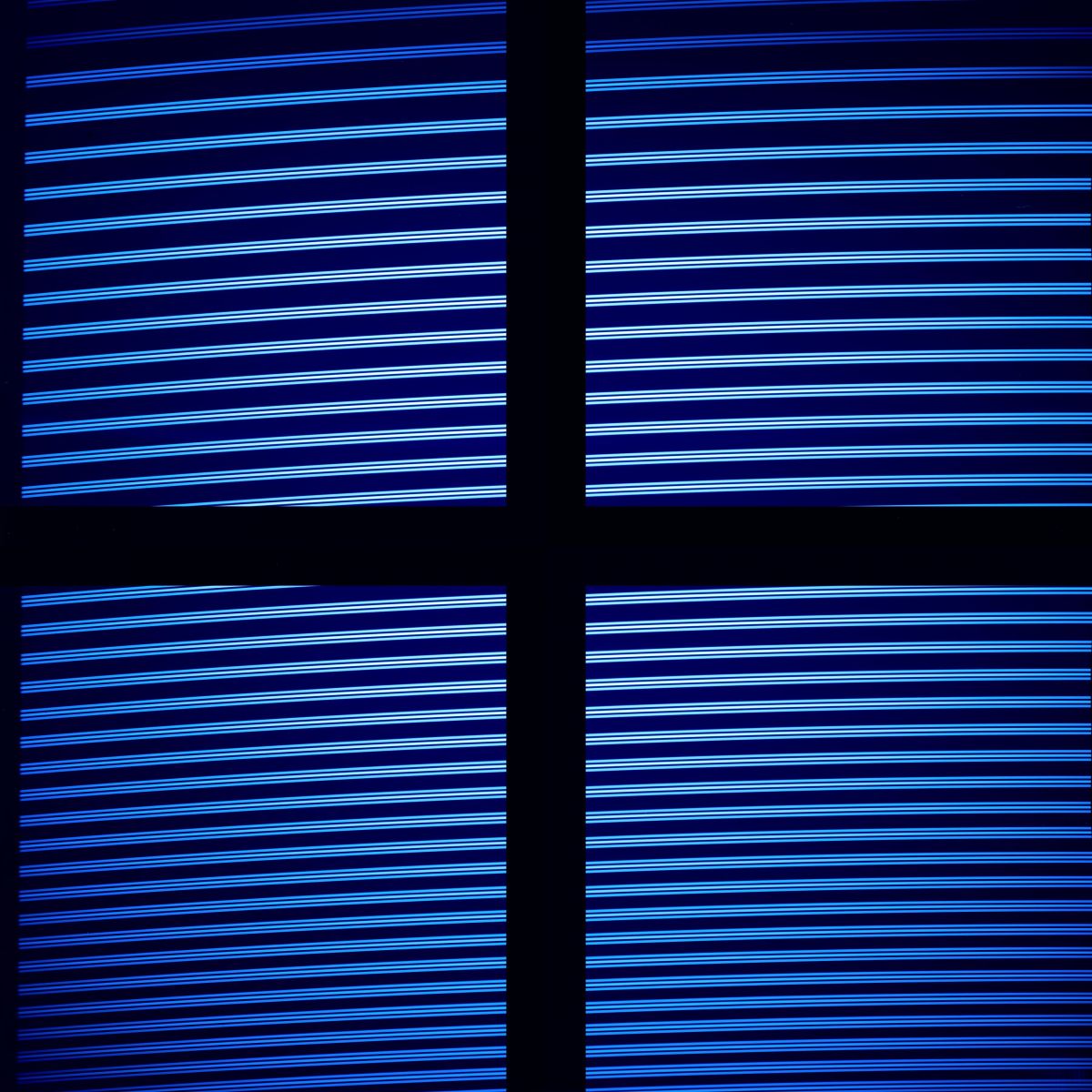 |
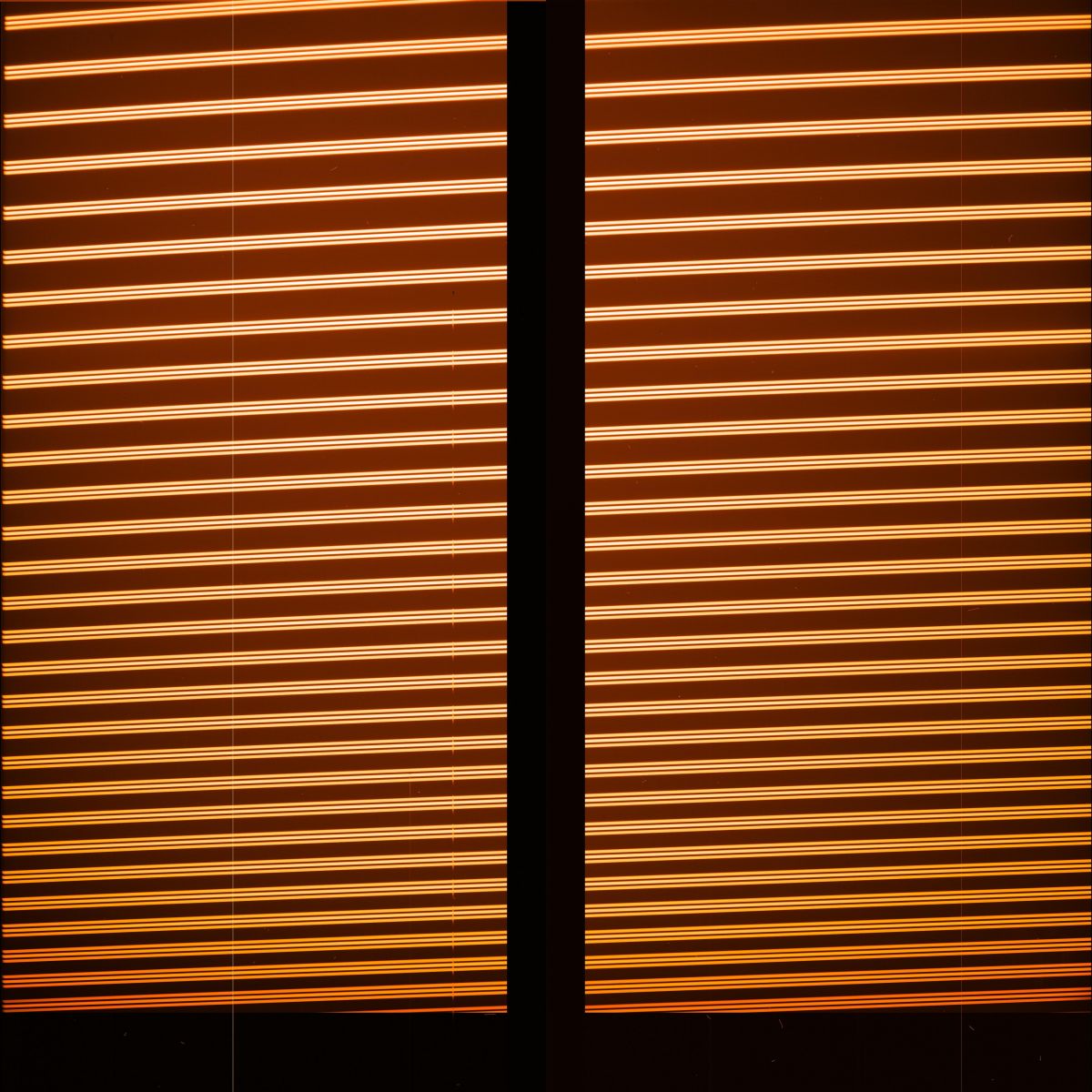 |
| Flatfield (5s) | Flatfield (2s) |
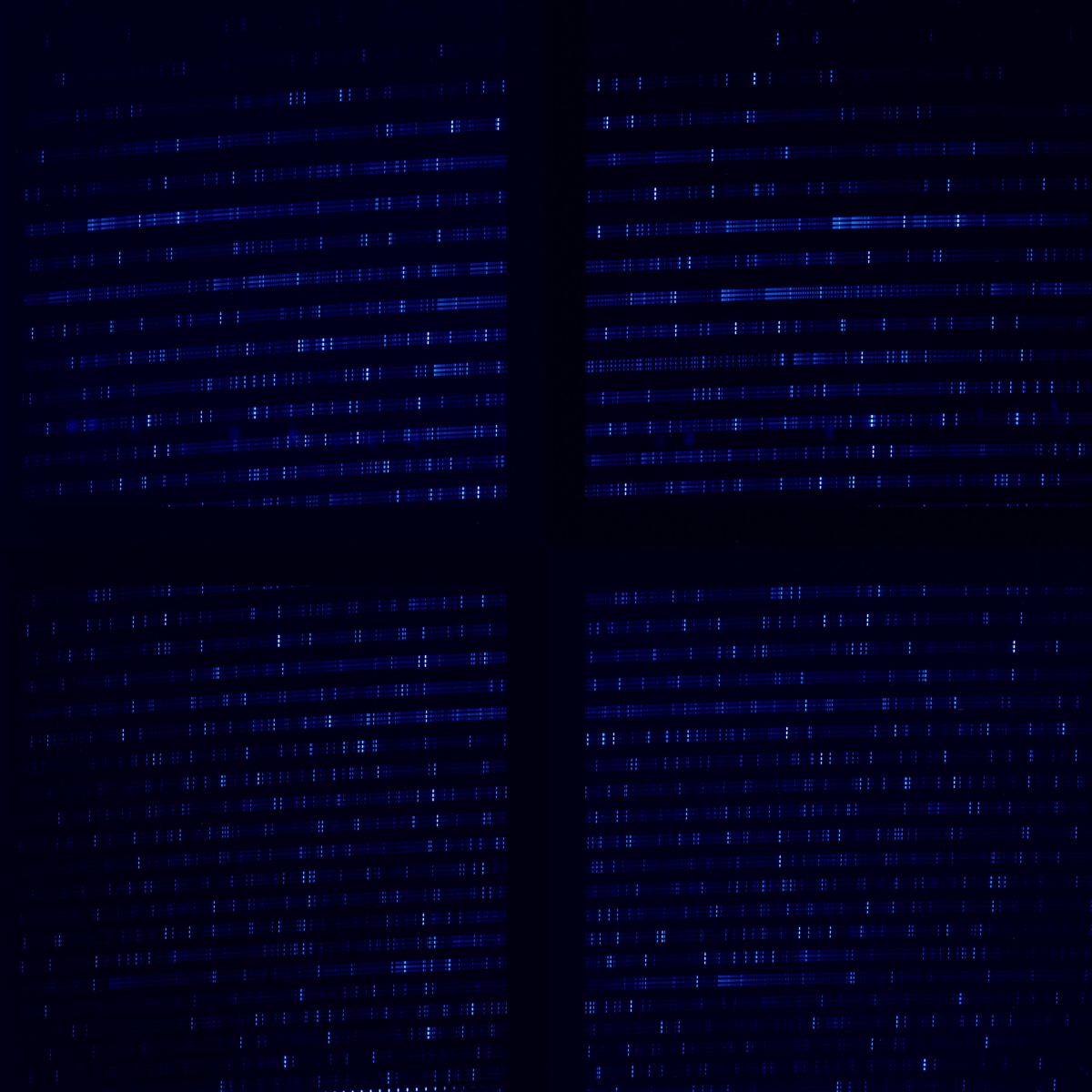 |
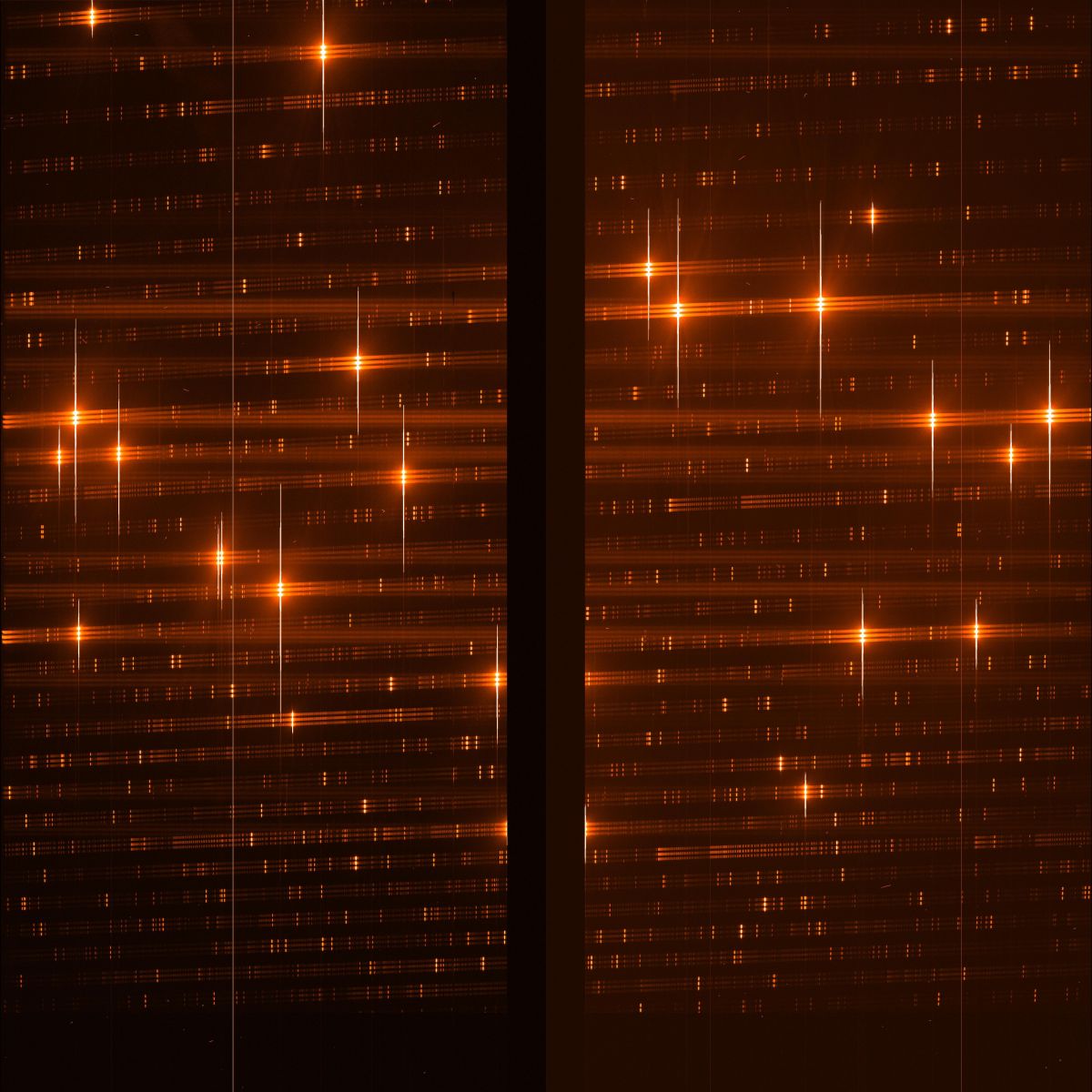 |
| ThAr (20s) | Thar (5s) |
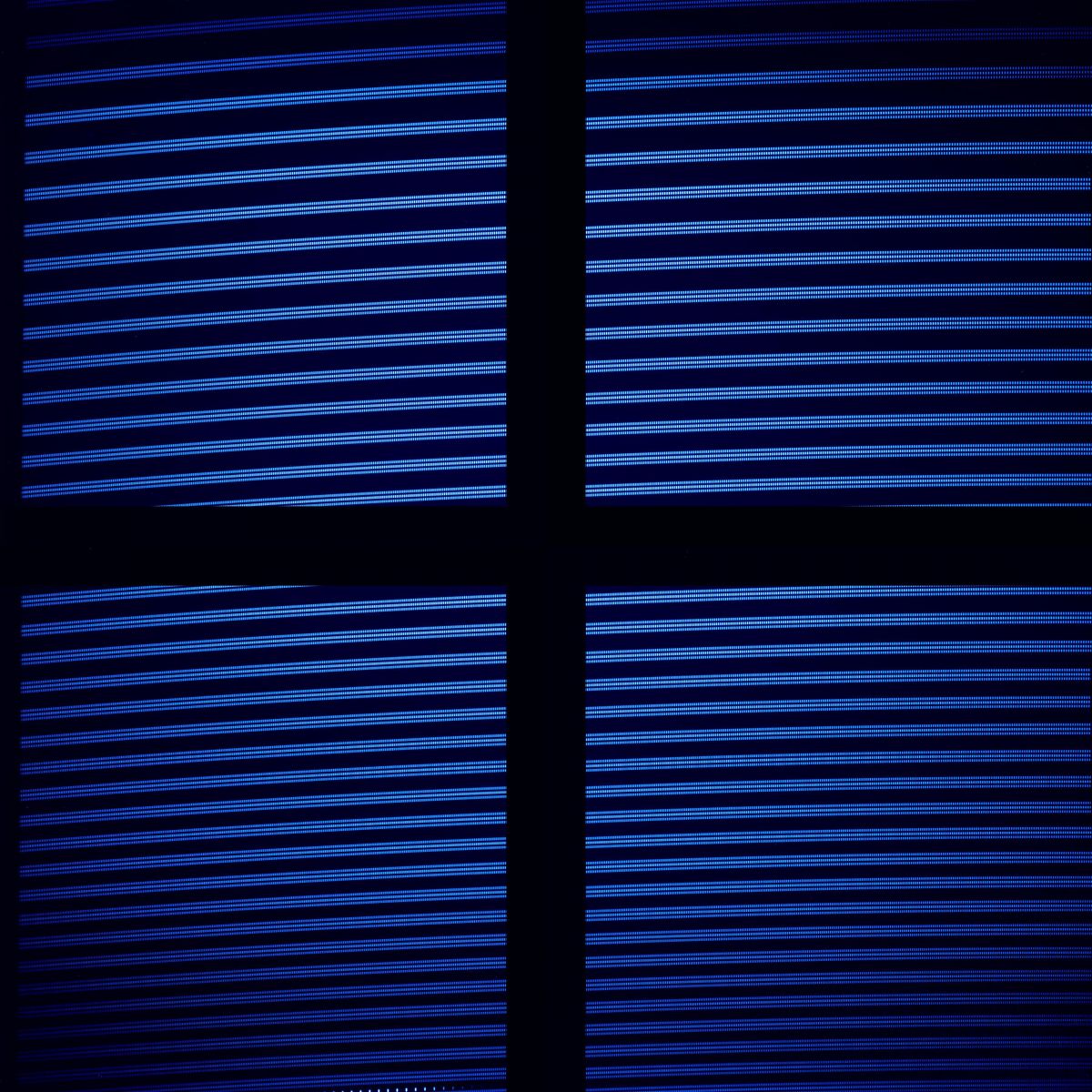 |
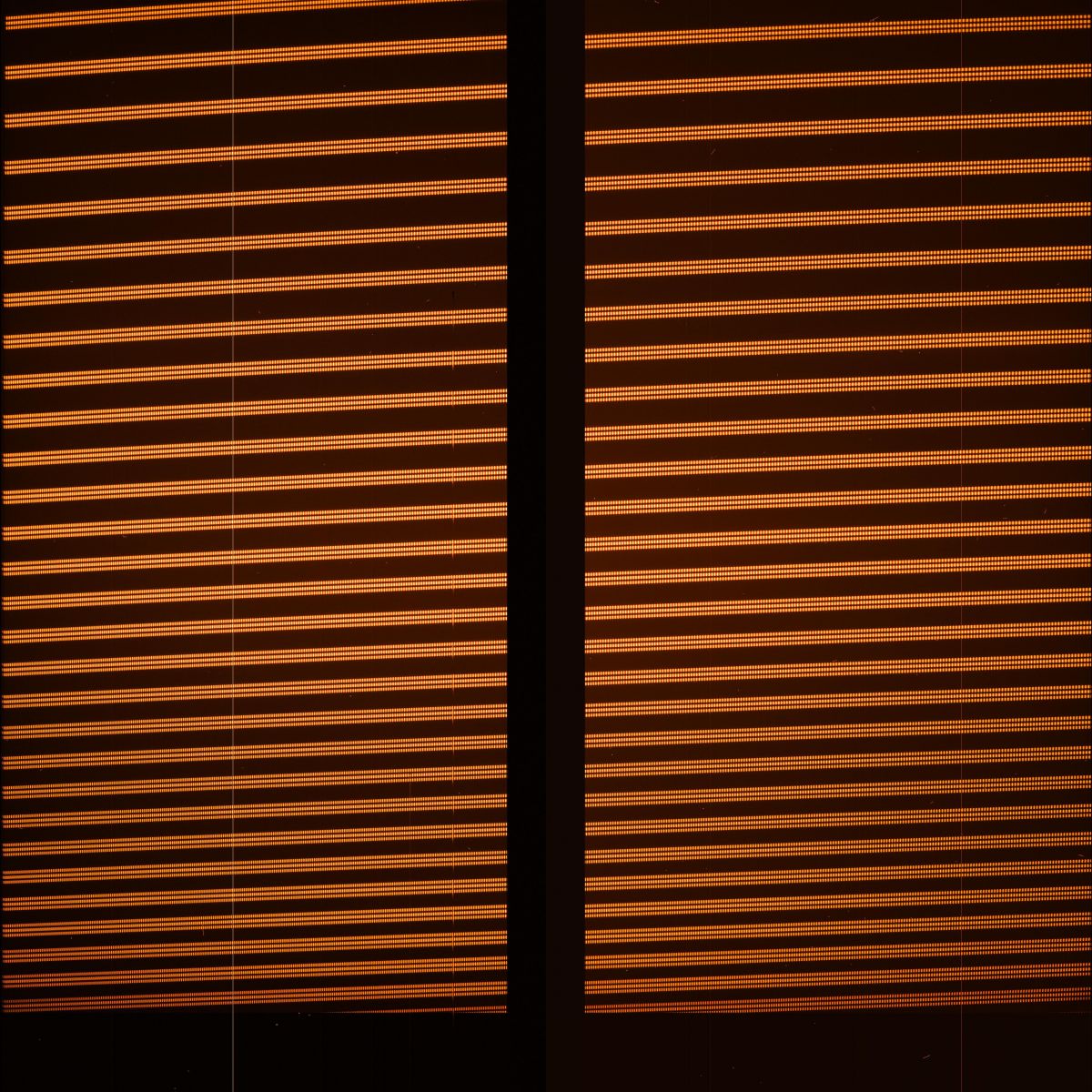 |
| Etalon (40s) | Etalon (8s) |